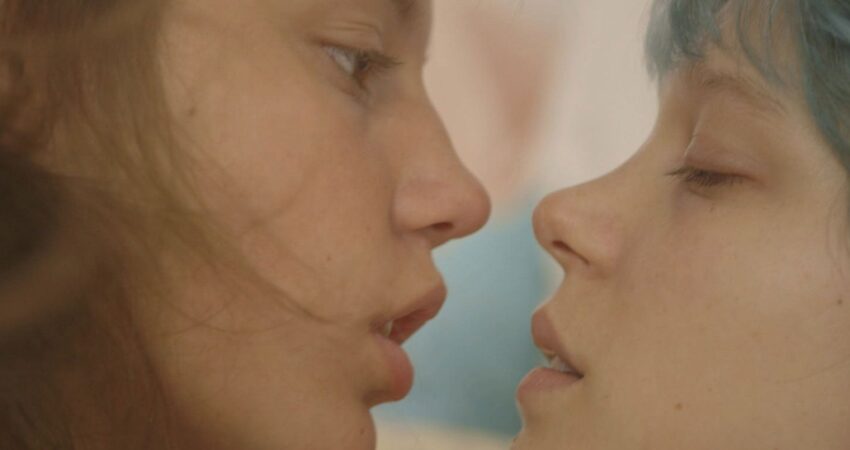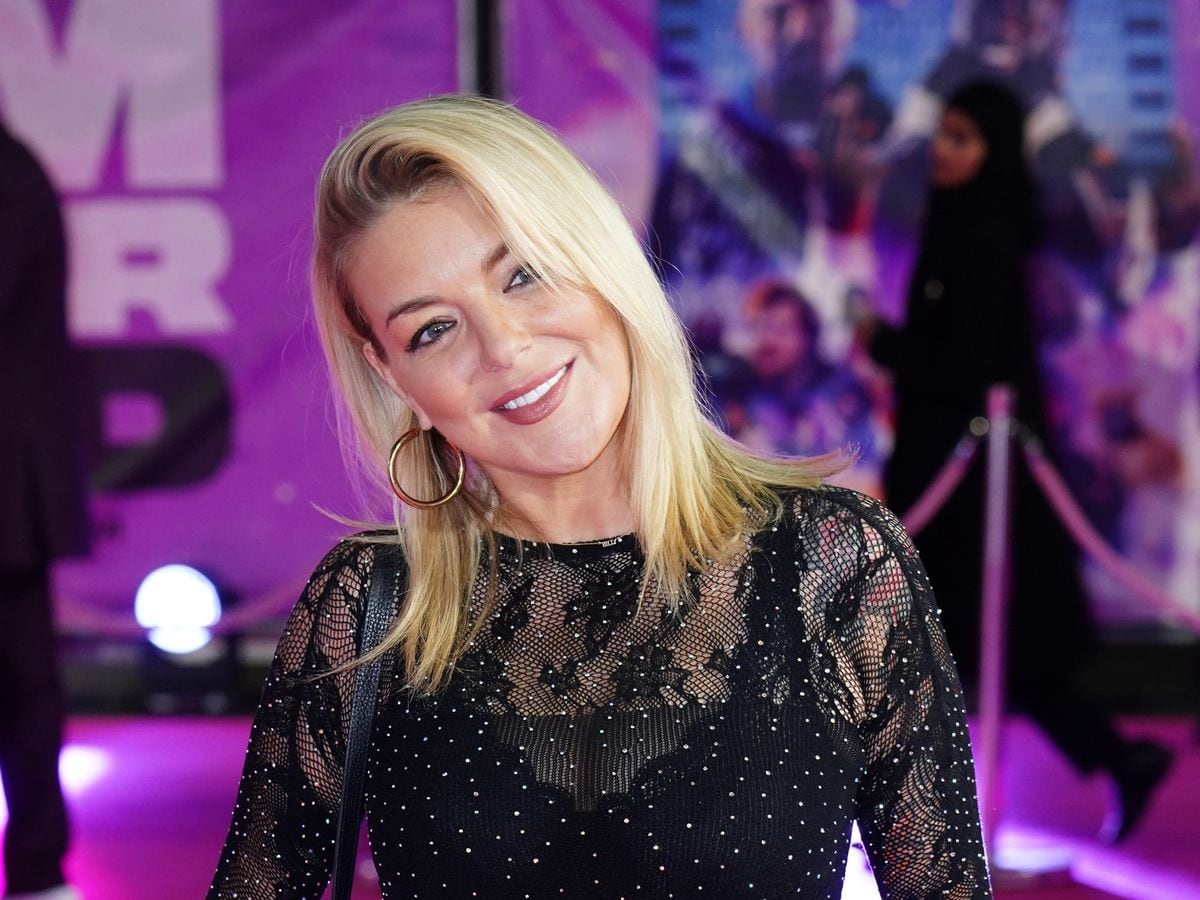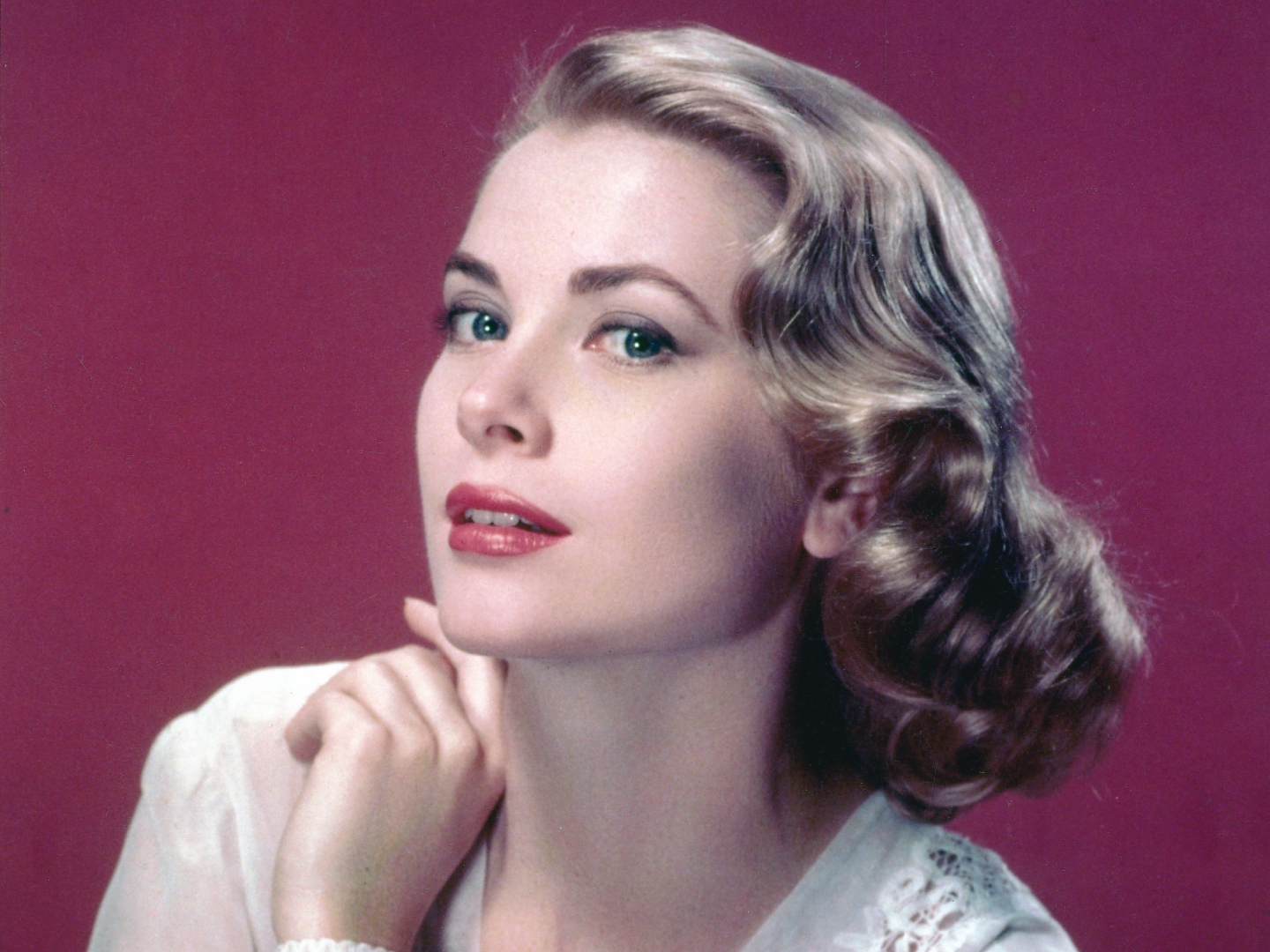The Cannes Film Festival awarded the prestigious Palme d’Or to Blue Is the Warmest Colour, splitting the prize between director Abdellatif Kechiche and lead actresses Léa Seydoux and Adèle Exarchopoulos.
While they appeared united on stage, tensions brewed behind the scenes as the actresses expressed dissatisfaction with the director’s approach.
Kechiche himself has voiced doubts about the film’s release, citing concerns about its tarnished nature post-award win.
Following the Cannes premiere of Kechiche’s adaptation of Julie Maroh’s graphic novel, the film’s leads became a focal point of discussions, particularly due to a notable six-minute s** scene that raised questions about authenticity.
Off set, Seydoux and Exarchopoulos formed a strong bond, finding solace in the film’s critical acclaim after enduring a challenging six-month shoot marked by Kechiche’s meticulous directing style, reminiscent of renowned filmmakers like David Fincher and Stanley Kubrick.
Seydoux recounts laborious filming sessions that required numerous takes for even brief moments, reflecting the director’s exacting standards.
Despite the grueling process, she embraced the challenge, recognizing the intensity and depth demanded by the role of a vibrant, blue-haired lesbian entangled in a passionate affair with a young student portrayed by Exarchopoulos, whose spirited performance has garnered attention and accolades.
Exarchopoulos, previously known for her work in French cinema, undertook auditions to secure the role that would eventually be titled after her own name in the film.
Her collaboration with Kechiche involved a commitment to authenticity, with the director pushing for realism in every aspect, from emotional portrayals to on-screen actions, resulting in raw and unfiltered performances that resonated with audiences.
The actresses candidly discuss the challenges faced during intimate scenes, highlighting moments of laughter and discomfort, while maintaining professionalism amidst demanding circumstances.
Seydoux reveals feelings of unease at times, likening certain experiences to feeling objectified, yet acknowledging the importance of conveying genuine emotions over physicality.
Kechiche’s insistence on capturing truth in every frame led to unconventional methods, including using real elements like alcohol during filming to enhance authenticity.
While this approach drew criticism and strained relationships, the cast acknowledges the director’s pursuit of artistic integrity, even if it meant enduring arduous takes and unconventional practices on set.
Despite the publicized discord between the actresses and director, their shared journey in bringing the film to life forged a lasting bond between them.
Seydoux praises Exarchopoulos for her authenticity and resilience, emphasizing their mutual admiration and connection beyond the on-screen narrative.
As the film prepares for wider release, the complexities of its creation underscore the intricate dynamics between artistry, authenticity, and personal sacrifice in pursuit of cinematic excellence.



